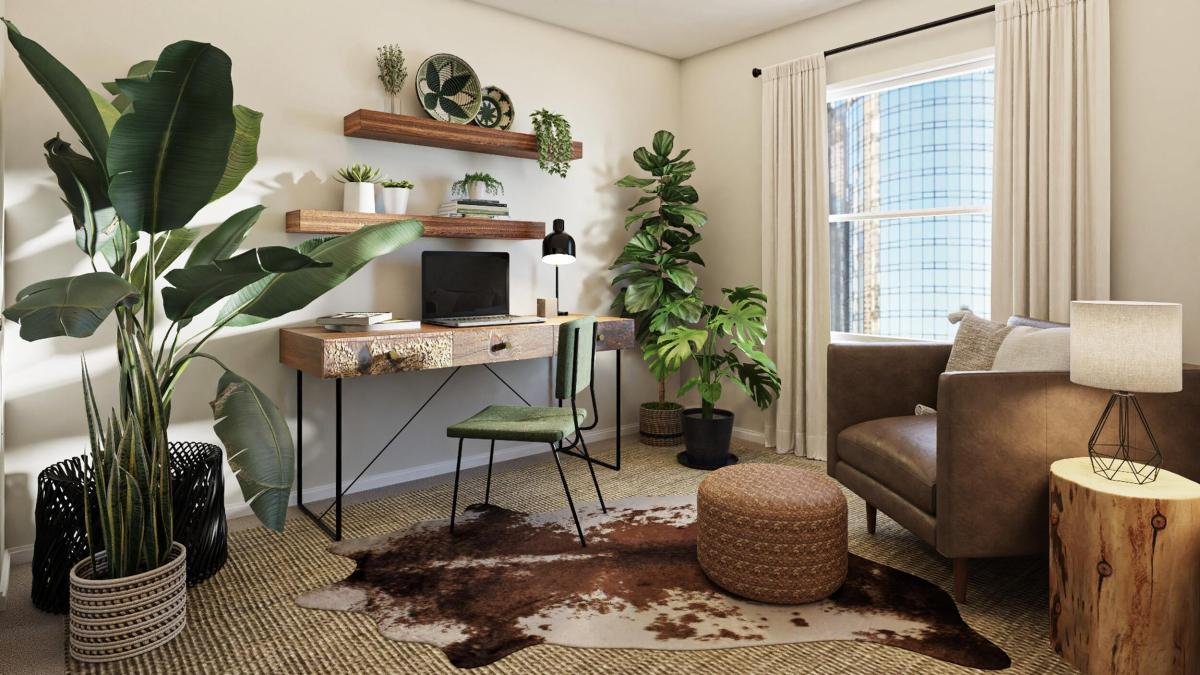Home lighting plays a pivotal role in creating an inviting and comfortable atmosphere, significantly impacting our mood and well-being. It’s not just about illuminating the space but also about enhancing the aesthetic appeal of your home. A well-thought-out lighting plan can evoke different moods, from calm and relaxing to energizing and uplifting.
One of the most effective ways to use light to enhance mood is through layering. Layered lighting involves using a combination of ambient, task, and accent lights to create depth, highlight specific areas or objects, and provide adequate illumination for various tasks. Ambient lighting serves as the base layer, providing overall illumination for a room. Task lighting focuses on certain areas where specific activities like reading or cooking take place. Accent lights are used to draw attention to particular features such as artwork or architectural details.
The color temperature of light also has a profound impact on mood enhancement. Warmer tones tend to create a cozy and relaxing ambiance ideal for living rooms and bedrooms while cooler tones stimulate alertness, making them suitable for workspaces or kitchens.
Dimmers offer another avenue for controlling home lighting to suit your mood. They allow you to adjust the intensity of light according to your needs or time of day – brighter during daytime hours when more visibility is needed or dimmed down in the evening for relaxation.
Smart home technology has taken this concept even further by allowing homeowners complete control over their home’s lighting at their fingertips. With smart bulbs that can change colors across millions of hues controlled via smartphone apps or voice commands through virtual assistants like Alexa or Google Home, it’s easier than ever before to manipulate light settings according to one’s moods or activities.
In addition, there’s been an increasing interest in natural light due its numerous health benefits including boosting vitamin D levels which promotes calcium absorption necessary for bone health; improving sleep by regulating body’s circadian rhythm; reducing risk of mildew & mold growth due its antimicrobial properties; and enhancing mood by increasing serotonin levels, a hormone that makes us feel happy.
Lastly, the design of light fixtures themselves can contribute to the aesthetic appeal and mood of a room. Chandeliers or pendant lights often act as statement pieces that add character and elegance to a space. Table lamps or floor lamps can provide soft lighting for cozy corners while recessed lighting offers a sleek look for modern interiors.
In conclusion, home lighting is not just about functionality but also about creating an environment that reflects your personality and enhances your mood. By considering factors such as layering, color temperature, dimmability, smart control options, natural light utilization and fixture design in your home’s lighting plan you can transform your living space into an oasis of comfort that caters to all your moods and activities.

